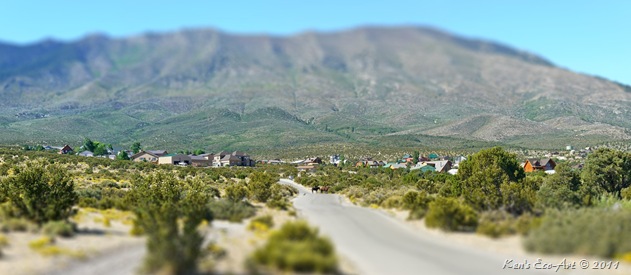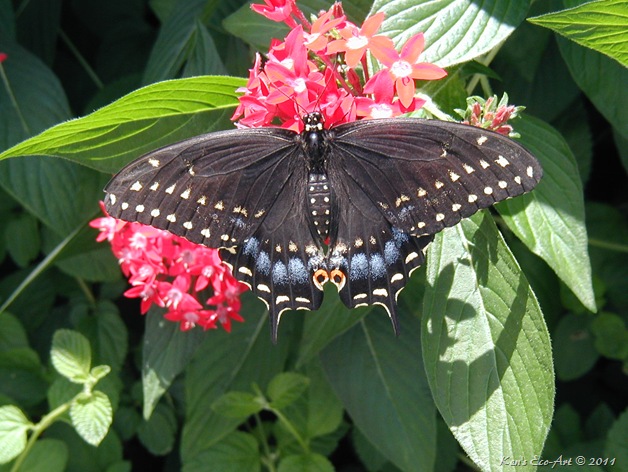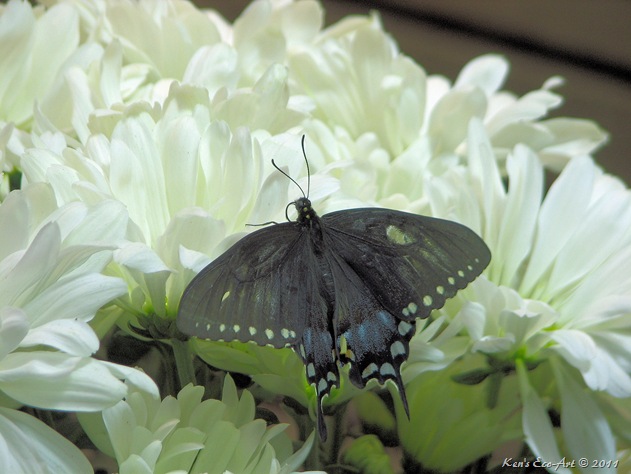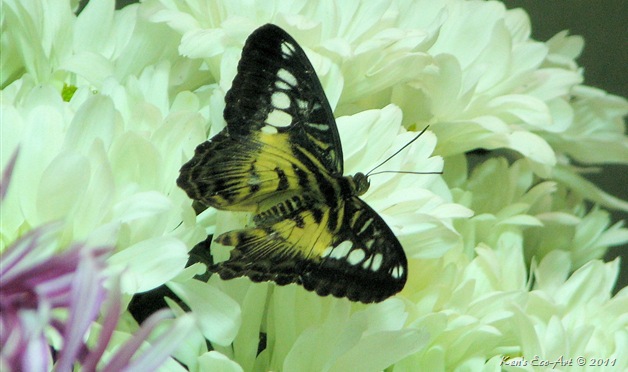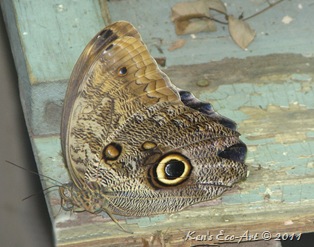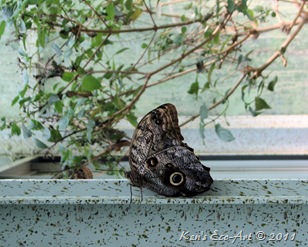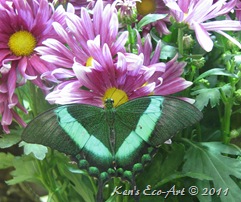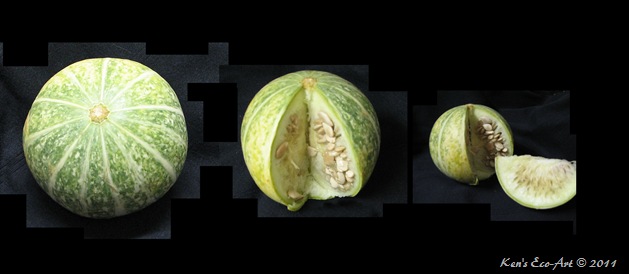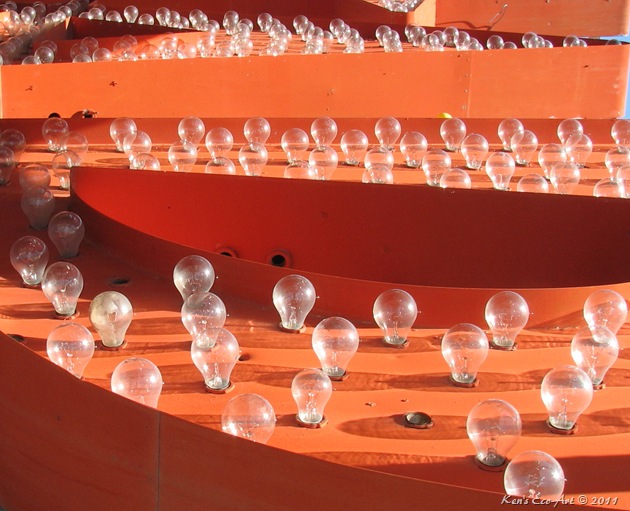| Having never seen anything like them before, especially along the side of the road, we thought that maybe they started growing from something someone threw out of a car.However, after some research on the Internet, I found out that this is an amazing plant. Be sure to read the paragraph titled, USES found below. |
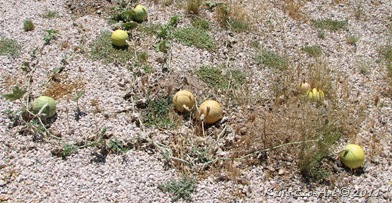 |
| Side of the road between Nipton CA and Searchlight NV |
|
|
Description: The Cucurbita foetidissima, also called “buffalo gourd”, “coyote ear”, “Stinking gourd”; or “calabazillo” (Little squash, masculine) and “chililcote”, in Spanish. It has gray-green leaves that give off a putrid smell, some say like bad underarm odor, when bruised. Its fruit is spherical, with green and light green stripes and grows on multi-branched vines up to 15 feet long. The fruit can grow to 4” in diameter and turns yellow when mature. The leaves are triangular, rough and hairy that can grow to as much as 12 inches wide. And it has an extensive tuber system that extends deep and wide from the base, sometimes as much as 20 feet and the tuber root has been found to weigh as much as 88 pounds. It is more common in Baja California Norte, however it has a wide distribution range, having been found as far north as Missouri and the Great Plains of the United States, and as far south as Baja California and Central Mexico in the higher elevations.
Although the fruit is very bitter, it can be cooked and eaten when it is very young, like a squash. As it matures, it becomes bitter and contains a poisonous substance that only coyotes and wild burro seem to tolerate. The seeds of the Buffalo Gourd, like all coyote melons, have been traditionally harvested, ground into flour, used as a food thickener or eaten raw. Medicinally, the seed powder, used in a concentrated form, was taken as a purgative by the Baja natives, in order to expel the tapeworms or other parasites from the body. The seeds also are a very protein rich source of oil that traditionally was used for cooking, and skin ailments. Today, much research is being done on Buffalo Gourd oil, as it appears to be low in saturated fats, high in protein and linoleic acids, even higher than safflower, cotton seed, sesame, coconut, soy bean or sunflower oils. Experiments are underway today regarding the cultivation of this gourd for its seeds as an alternative source of consumable oil for both humans and livestock. |
| USES: Traditionally, poultices made of the roots, leaves and stems were made to treat saddle sores on horses, and many human skin ailments such as open wounds and ulcers. Infusions of the root or leaves were also used to calm menstrual cramps and soften birth contractions. In addition, the roots, the fruit and the fruit shell contain a highly concentrated saponin (soap) compound. The natives used to grind this plant material and rub it into dirty clothes to wash them. The roots also contain natural “bleach” which whitened the fabrics as well. Shampoo was also made from the root. The flowers of the Callabazillo, as with all Cucurbita flowers, are prized as a food, similar to today’s Mexican tradition of frying battered pumpkin flowers. The flowers are also boiled to produce yellow dye for fabrics and leather. And lastly, the dried gourds were mounted onto handles and used as rattles for babies and in ceremonial uses. Quite a useful little plant, our “Stinking Gourd”, I’d say |
